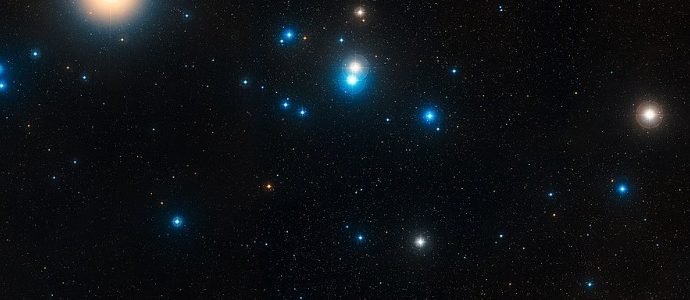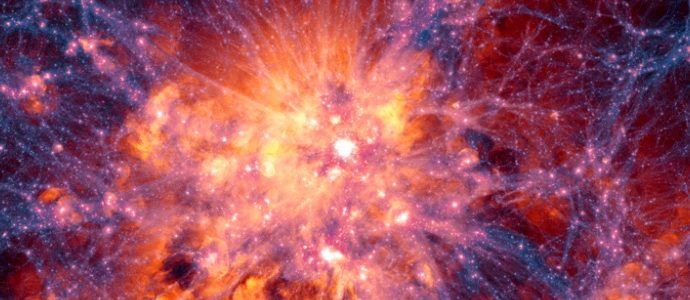The Nearest Known Star Cluster to Earth Has a Case of Vanishing Stars
An invisible force has been pulling apart one side of the nearby Hyades star cluster, leaving the tail of the stellar group partially devoid of stars. The astronomers who noticed the phenomenon suspect that a dark matter structure with the mass of 10 million suns is behind the mysteriousread more

